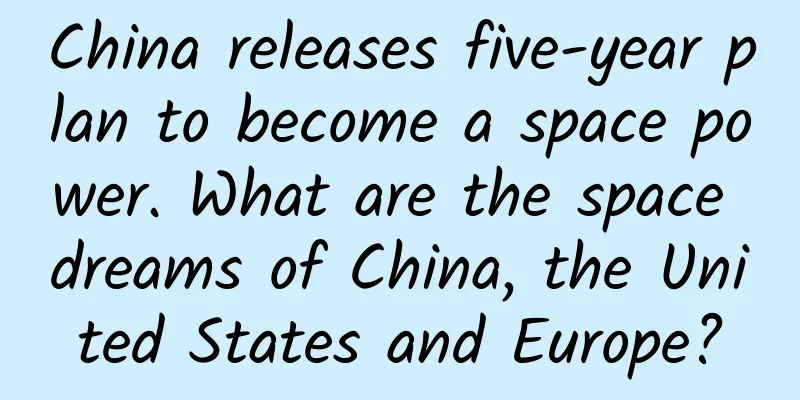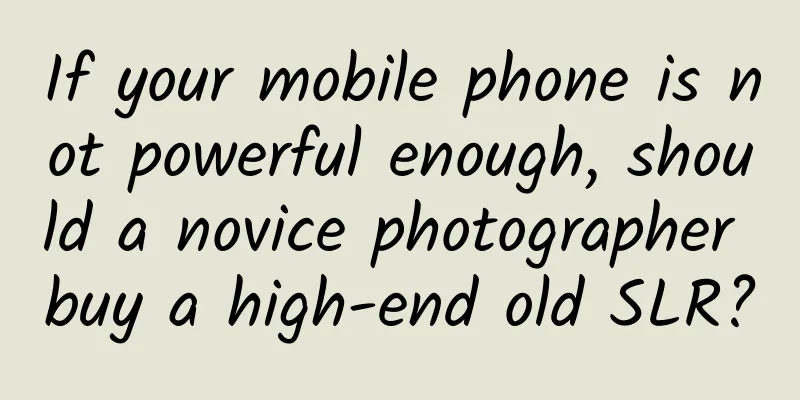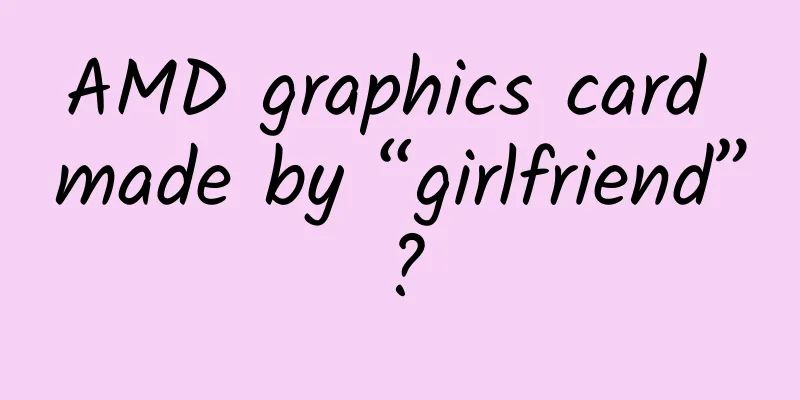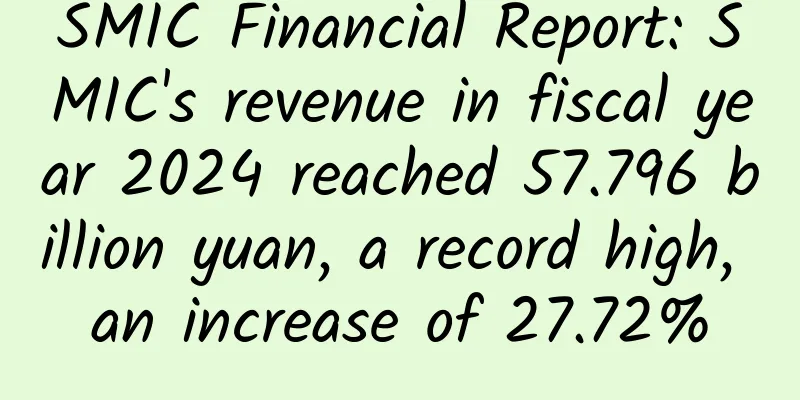Why can the communication world be updated and iterated? Because of the "magic" of this signal

|
Have you ever wondered how information can travel across oceans and mountains at an astonishing speed and reach the other side in an instant when you open a video, send a text message, or call a distant relative or friend on this side of the earth? There is a magical "magic" hidden in it: the communication principle. Although you can't see them, you enjoy the convenience they bring every day. Today, we will unveil the mystery of the world of communication, enter the mysterious hall of signal transmission, and see what power allows us to achieve seamless communication and cross the distance of space. 1. What is communication? From text messaging to video calls Communication, in simple terms, is the process of transmitting information from one party to another. Whether we are texting a friend or chatting with relatives and friends in another country through a video call, the core principle of communication has not changed. It involves several key steps: ① Generation of information: The first step of communication begins with the generation of information. Whether it is a voice message you recorded or a photo you took, all these data are the original content of communication. On smartphones, this data can be various forms of information generated in our daily lives, such as voice, text, pictures or videos. ②Signal conversion: Once information is generated, it cannot be directly transmitted in the communication network in its original form, but needs to be converted. In the communication system, this "language" is electrical signals or radio waves. Through technical means, the built-in modem of the mobile phone will convert digital information into electrical signals or radio waves suitable for transmission. ③ Transmission: Once the signal conversion is completed, the information begins to enter the transmission process. This process depends on different transmission media, including wired and wireless methods. Information is relayed through base stations, routers and other devices, across multiple network nodes, and finally transmitted to the receiving device. Although wireless transmission depends on signal strength, it is also affected by environmental factors, interference and distance. ④ Receiving and decoding: At the end of information transmission, the receiving device such as mobile phone, computer, etc. will receive the transmitted signal through the antenna and demodulator. The task of the receiving device is to convert these electrical signals or data packets back into a form that the user can understand and complete the "decoding" of the information. The decoded information may be a text message on your friend's mobile phone, a real-time picture of a voice or video call. 2. The evolution of communications: the leap from 1G to 5G Over the past few decades, mobile communication technology has experienced a revolutionary leap from 1G to 5G. The progress of each generation of technology is not only reflected in the improvement of speed, but also greatly changes the communication quality, data transmission capacity, network coverage and the intelligence level of devices. Each technological iteration has promoted new application scenarios and completely changed people's communication methods and life experience. We will gradually analyze the evolution of each generation of mobile communication technology to understand how they have developed from basic voice calls to today's era of the Internet of Everything. ①1G (Analog Era): The starting point of mobile communications. In the 1980s, the first generation of mobile communications (1G) officially debuted as the starting point of mobile communications. 1G used analog signal technology and could only realize voice call functions. This means that users can only make and receive calls with their mobile phones, and cannot send text messages or conduct data communications. Due to the use of analog signals, the call quality is relatively poor and is easily affected by environmental interference. In addition, the network security is not high, and calls are easily eavesdropped. ②2G (Digital Age): The beginning of the data communication era. After the 1990s, the second generation mobile communication system (2G) ushered in a breakthrough, introducing the SMS service for the first time and supporting simple data transmission, marking the transition from analog signals to digital signals. The introduction of encryption technology solved the problem of easy eavesdropping of calls in the 1G era. ③3G (mobile Internet era): the transformation from voice to multimedia communication. The advent of the 21st century brought a real leap forward in mobile communications with the third generation of mobile communication technology (3G). For the first time, users can browse the web, send and receive emails, use social media, watch videos, and more on their mobile phones. Mobile devices are no longer just communication tools, but have gradually become portable multimedia terminals. 3G has promoted the rise of mobile operating systems. Mobile operating systems such as iOS and Android have begun to flourish with the popularization of 3G, and the smartphone application ecosystem has gradually taken shape. ④4G (Multimedia Era): The explosion of high-definition and instant communication. The fourth generation of mobile communication technology debuted in the 2010s, marking the beginning of a new multimedia era for mobile communications. The significant leap in 4G network transmission speed means that users can easily watch high-definition videos, conduct video conferences, or experience high-bandwidth applications such as online virtual reality (VR) through mobile devices. Through the 4G era, mobile Internet has been truly fully popularized. ⑤5G (Internet of Everything): A beacon for the intelligent future. Today, the fifth generation of mobile communication technology (5G) has gradually entered our lives. The core breakthrough of 5G technology lies in the emerging applications such as the Internet of Things (IoT) and smart cities it supports. 5G can connect a large number of devices, from smartphones and home appliances to industrial equipment and transportation, truly realizing the Internet of Everything. 5G not only improves the basic performance of communication technology, but also opens up unlimited possibilities for the future intelligent society and promotes a comprehensive transformation from personal communications to global industrial interconnection. 3. Vision of future communications: Future networks that break through limits Communication technology is still advancing rapidly, and 5G is just the starting point of a new journey. In the future, cutting-edge technologies such as 6G, satellite Internet, and quantum communication will continue to promote the transformation of communications, bringing unprecedented connection experience and turning science fiction into reality. ①6G: A future network that breaks through limits. Although 5G has not yet been fully popularized, the global discussion on 6G is already in full swing. 6G is expected to increase communication speeds to hundreds of times that of 5G and reduce latency to a near-instantaneous level. 6G also achieves truly seamless global network connectivity through smarter spectrum allocation and integration with satellite technology. Whether you are in the desert, the ocean, or the city center, the network is always within reach. ② Satellite Internet: Achieve seamless global connectivity. At present, the coverage of traditional ground base stations is still limited, especially in oceans, deserts and remote mountainous areas, and the network connection problem has not been completely solved. The satellite Internet project is committed to providing high-speed, low-latency network access around the world through a large number of low-orbit satellites. The realization of this dream will break the shackles of geography and allow people in any corner of the world to enjoy seamless network connectivity. ③ Quantum communication: the ultimate secure transmission method. Relying on the unique principles of quantum mechanics, quantum communication brings the ultimate security guarantee for information transmission . Through the quantum entanglement effect, it makes it impossible for information to be eavesdropped or tampered with during transmission. Once someone tries to interfere, the information will immediately self-destruct. Quantum communication is expected to become the backbone of communication in key areas such as finance, military, and national security in the future , completely subverting traditional security technologies. Today, the "magic" of signals has been seamlessly integrated into our daily lives, from every message we swipe on our phones to self-driving cars driving unimpeded on the streets. The seemingly mysterious communication principles behind this are actually a sophisticated network woven by science and technology. In the future, with the advent of new technologies such as 6G and quantum communications, the "magic" of signals will become even more powerful and incredible. Perhaps one day, we only need a thought to instantly transmit information to the other side of the earth. Science has no end, and the wonderful journey of communication has just begun. Author: Kong Zetong Unit: China Mobile Communications Group Shandong Co., Ltd. |
<<: Should I choose wire braces or invisible braces? Here is a complete guide to orthodontics!
Recommend
These WeChat bugs are super funny. Sending this sentence during a chat will cause your friend's WeChat to crash.
Some time ago, both the iOS and Android versions ...
How to take advantage of the “Tomb-Sweeping Day” trend for promotion and marketing?
The Qingming Festival is coming soon. In this iss...
2022 Lucky Calendar electronic version, 2021 Lucky Calendar Baidu network disk
2022 Lucky Calendar electronic version, 2021 Luck...
WeChat uses soft pornography to promote its video account. Does this mean that Tencent has no cards to play in the short video field?
Last week, WeChat Video Account was once again tr...
Poland: Married men are three times more likely to be obese than unmarried men, study shows
According to The Guardian, a study from Poland fou...
Han EV Standard Range Luxury Edition is launched, setting a new benchmark for the value of 200,000+ mid-range and high-end pure electric sedans
Recently, BYD announced that the "world'...
3 steps to brand marketing promotion: refine selling points, interpretation and production!
Brand building is a long process. Although it is ...
Will long-term tea drinking lead to calcium deficiency? 6 major rumors about tea, which ones have you fallen into?
Tea is a healthy drink that originated in China a...
WeChat Moments advertising creation process and advertising cases!
01 What is WeChat Moments Advertising? WeChat Mom...
After QQ lifted the blocking, it banned Taobao and Douyin links again
On the morning of September 17, QQ unblocked the ...
In-depth analysis of the quick sort algorithm
[[121946]] Preface Previously, I wrote an article...
APP promotion case: practical skills to guide users to authorize APP to send notifications
The success or failure of the initial authorizati...
Content, community, and brand are three in one, curing traffic anxiety
Starting from the content mechanism of WeChat, th...
6 kinds of "dragon eating" customs on February 2nd. What dragon do you eat at home?
Tomorrow is the second day of the second month of...
How to get more recommendations on self-media platforms?
This article will talk to you about the article r...









